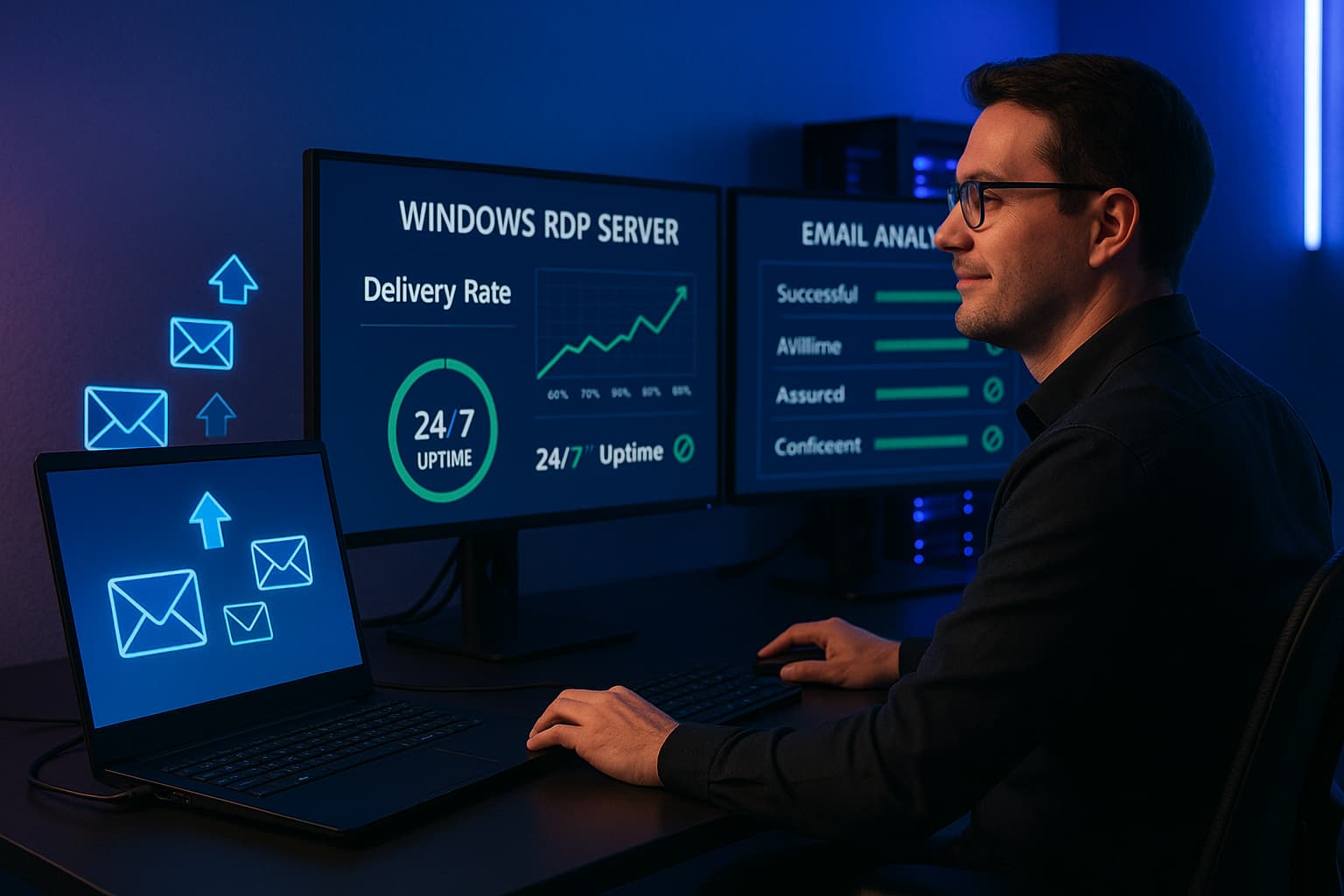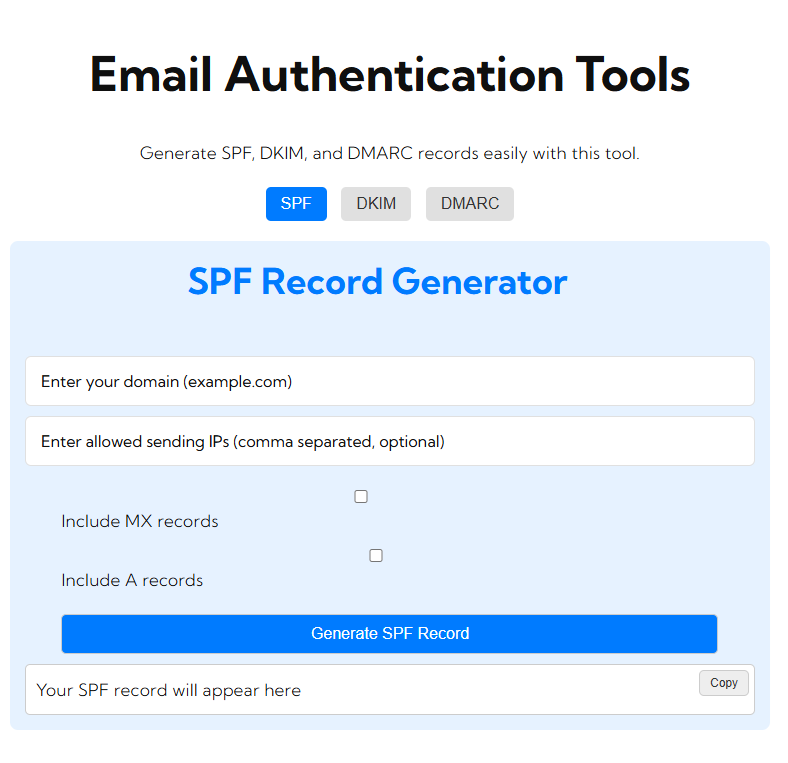A business or organization can do well and continue to compete only if good communication skills are in place. This is one of the least expensive ways to reach thousands of people at once—emailing is a wonderful way to interact with potential customers, update your current clients, or simply spread the news about your business. However, most organizations are hesitant from carrying out mass emailing due to some sort of concern over the expense or complexity involved. Fortunately, there are ways for sending free bulk e-mails with a guarantee of being safe and in compliance. Various options, tips, and best practices on the safe sending of bulk e-mails without really adding a huge cost have the potential to be enumerated below.
1. Understanding Bulk Emailing
Before presiding over the techniques that can be utilized in sending bulk emails, it is necessary to define what bulk emailing is. Bulk emailing is essentially an emailing process where one sends an email to more than one recipient at one go. Such practices include newsletters, marketing campaigns, announcements, and so many others. However, with the improper execution of a bulk emailing process, one may face several problems. Hence, serious consideration needs to be given to emailing in bulk so that spamming and other character erosion are avoided.
2. Legal Aspects of Sending Bulk Emails
Before you begin doing so, know the legal implications of sending bulk emails. Commercial e-mails are regulated through separate laws in countries where email marketing takes place. Some of the most important ones follow.
CAN-SPAM Act (USA)
It governs all the commercial e-mails. Some of the most important requirements include:
- Opt-out Option: There must be an explicit choice to opt out in each mail.
- Honest Subject Lines: Your subject line has to be relevant to the body of the e-mail.
- Business Postal Address: Your business postal address should be on the email.
GDPR (EU)
GDPR enumerates the rights and privileges that a person may claim against personal data. It imposes strictures on the gathering, processing, and handling of personal data. The most crucial things it declares are the following:
- Consent: Before the dispatch of marketing emails you are required to explicitly receive permission from the subscribers.
- Right to Access: There is a right to view what you have about them and demand deletion.
- Transparency: You will have to inform the recipients of your email of the way their information is going to be utilized.
Awareness of these laws is crucial so that you don’t run into some legal trouble and also maintain a healthy business.
3. Best Free Email Marketing Software
There are several services that offer you free plans through which you can send mass emails effectively. Here are some of the best ones:
a. Mailchimp
Mailchimp is one of the top email marketing services. It offers a free plan that is ideal for new users:
- Subscribers: 500 subscribers
- Monthly Emails: you could send up to 3,500 emails in a month.
- Features: basic templates, segmentation, automation, and more features.
b. Sendinblue
Sendinblue is a full-fledged email marketing solution with a pretty generous free plan.
- Daily Limit: You could send as many as 300 emails in a day.
- Unlimited Contacts: unlimited number of contacts
- Features: Basic automation, segmentation and reporting tools.
c. MailerLite
MailerLite is the other good option from companies that want to send mass emails for free.
- Subscribers: 1,000 subscribers.
- Monthly Emails: 12,000 emails per month.
- Features: drag-and-drop editor, landing pages, automation.
d. Benchmark Email
Benchmark Email offers a free plan that would be ideal for small businesses:
- Subscribers: 500 subscribers.
- Monthly Emails: 3,500 emails per month.
- Features: A/B testing, basic automation, customizable templates.
4. Building Your Email List
Creating your targeted email list is the way to success in your bulk emailing campaign. Here’s how you go about creating the email list:
a. Collect Emails Legally
- Collect email addresses ethically to be compliant with email regulations.
- Website Sign-Up Forms: Put sign-up forms on your website to collect information from the visitors.
- Social Media Promotions: Promote your email list on social media and promise incentives for people subscribing to it.
- Networking Events: Collect business cards or emails at industry events, trade shows, or networking sessions.
b. Segment Your Email List
Segment your email list and target the right audience, thus allowing you to put them in clusters according to demographics of interest, which would likely improve your engagement rates:
- Demographics: Contact selection according to age, location, or profession.
- Interests: Personalize your list based on their interests; people get relevant content to their needs.
- Engagement Levels: You will know who of your subscribers are active and who are scarcely opening those emails. You can now send specific re-engagement campaigns.
5. Email Content That Is Captive
Keep your audience interested using your email content. Here is how to:
a. Captive subject lines
The first thing they read would be your subject line. So, do justice to the opening lines. Use:
- Clear Language: Be clear about what the contents of the email are.
- Urgency: Create a sense of urgency by adding the phrases “Limited Time Offer.”
- Personalization: Use personalizations such as names or specific interests to draw attention to your email.
b. Personalize your emails
Personalization may hold the biggest share of the cake in terms of engagement rates. Here are some things to consider:
- Recipient’s Names: Use recipient’s first names in emails to make them appear more personalized.
- Tailoring Content: You may also use varied email content depending on the recipient’s preference, behavior, or previous interaction.
c. Create a Strong Power CTA
A call-to-action message is very clear on what recipients are supposed to do next. Here are some things to consider:
- Use Action-Oriented Verbs: Use verbs that show “Download,” “Sign Up,” or “Shop Now” in your message.
- Visibility: Make your CTA eye-catching, so use buttons or bold text.
6. Testing and Analyzing Your Campaigns
Now that you have sent those mass emails, you need to keep an eye on how they perform. Here’s how to do it effectively:
a. Key Metrics
You will use the analytics tools already in place from your email marketing service to track some of these key metrics:
- Open Rates – how many recipients opened your email.
- Click-Through Rates (CTR) – it measures the percent of people who clicked on a link in your email.
- Unsubscribe Rates – tracks the number of people that opt-out of your list.
b. A/B Testing
Test your email campaign through A/B testing to maximize what you can do with it. Test the following factors:
- Subject Lines: Testing several subject lines would be made and a subject line is chosen with a better opening rate.
- Content Layout: The layout of your emails and styles for mail campaigns is tested in order to know what resonates most among your audience.
7. Compliance and Best Practices in Compliance
This approach ensures a much better reputation for the sender; moreover, it avoids spam filters. There are some best practices to be kept in mind:
a. Simple way of Unsubscribing
Always ensure that there is a clear and simple way for recipients to unsubscribe to your emails:
- Visible Link: The link must appear at the bottom of your email.
- Your process must be easy, so there is not much frustration involved.
b. No Spammy Language
Note on Language to Use in Your E-mail:
- Step Lightly with Your Word Choice: Avoid using flashy words like “free,” “guarantee,” or “winner.” You might inadvertently trigger your spam filters.
- Plain and Credible Language: Be simple and believable in your message.
Frequently Asked Questions
1. Can one send bulk emails from a personal e-mail account?
Technically, yes. However, I would not recommend this as most of the email accounts have setting limits and usual usage of personal accounts tends to mark your message as spam. The best options would be professional services made especially for mass emailing.
2. Are there legal considerations in sending bulk emails?
Yes, you have to abide by many email marketing laws including CAN-SPAM Act and GDPR. The latter refers to the provisions of compliance where you must obtain valid consent, an easy way to unsubscribe from the recipient’s end, and you must include the business physical address in the email.
3. Not to be spam.
However, never send out bulk emails without permission. Even personalization in your message will save you from general language and wrongdoings on subject lines. Never hide the unsubscribe link. You need to always provide them.
Conclusion
Free bulk emails are definitely possible and can prove to be quite effective if utilized appropriately to reach the masses and engage with your audience. Free email marketing services, ethical collection of email addresses, and interesting content will now assist you in launching effective email campaigns that are interesting, legally compliant, and targeted towards your niche. Always monitor the performance and improve your strategy based on the information gathered. With these tips and tools, you will be equipped to run very effective bulk email campaigns, thus helping your business to communicate better with its clients.






